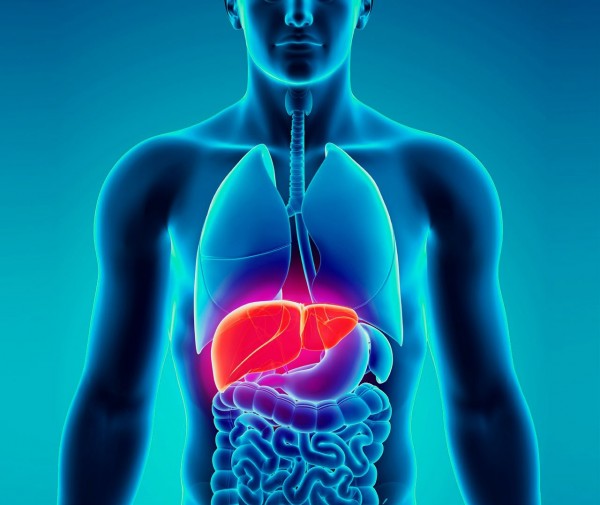Viral hepatitis is a leading public health threat in the United States. Three related viruses—hepatitis A (HAV), B (HBV), and C (HCV)—cause liver inflammation and contribute to liver transplants and cancer, ultimately killing more Americans than any other infectious disease. We have the tools to prevent viral hepatitis, including highly-effective vaccines against HAV and HBV as well as syringe services programs, which can prevent the majority of HCV cases. However, cases of HAV and HCV have risen in recent years, due to insufficient funding and barriers that inhibit access to viral hepatitis services.
Last week, the Centers for Disease Control and Prevention (CDC) released Viral Hepatitis Surveillance – United States, 2018, its annual report analyzing viral hepatitis trends in the U.S. The report highlights dramatic increases in HAV, associated with widespread person-to-person outbreaks across the country, and HCV, primarily attributable to injection drug use. Fortunately, routine vaccination of children has kept HBV cases stable, but many of the states hardest hit by the opioid epidemic have seen increases in recent years.
Despite the availability of a highly-effective vaccine, only a fraction of adults have been immunized against HAV.
Since 2016, more than 33 states across the country have experienced outbreaks of HAV, which have disproportionately impacted people who use drugs, people experiencing unstable housing or homelessness, men who have sex with men, and people who are currently or were recently incarcerated. These outbreaks have driven an 850% increase in incidence between 2014 and 2018, resulting in nearly 25,000 cases in 2018. The report also reveals that more than half (58%) of cases required hospitalization, and that deaths due to HAV more than doubled between 2017 and 2018. Despite the availability of a highly-effective vaccine, only a fraction of adults have been immunized against HAV.
Investments in HAV and HBV vaccination and harm reduction strategies are critical to preventing the spread of viral hepatitis, and putting the U.S. on the path toward hepatitis elimination.
In 2018, an estimated 50,300 Americans were infected with HCV—a 71% increase compared to 2014. While HCV has historically impacted “Baby Boomers,” or persons born between 1945 and 1965, approximately two-thirds (65%) of cases in 2018 were among persons aged 20 to 39. Nearly three-fourths (72%) of cases occurred among people with a history of injection drug use (IDU), underscoring the importance of syringe services and other harm reduction strategies to prevent the spread of HCV. Additionally, more than 200 infants were born with HCV in 2018—the first year for which CDC collected standardized surveillance data on perinatal HCV.
For nearly three decades, children in the U.S. have been routinely vaccinated against HBV, which has kept rates stable in recent years. However, an estimated 21,600 Americans were infected with HBV in 2018. More than half were aged 30-49, and one-third reported a history of IDU, demonstrating the need to increase access to HBV vaccination among adults and scale up harm reduction services. Further, states that have been hardest hit by the opioid epidemic—including West Virginia, Kentucky, Maine, Florida, Tennessee, and Ohio—have some of the highest rates of acute HBV in the U.S.
Local health departments (LHDs) are leaders in the surveillance, prevention, diagnosis, and treatment of viral hepatitis, but the public health response remains significantly underfunded and hampered by social and structural barriers to viral hepatitis sercices. As the 2018 surveillance report reveals, investments in HAV and HBV vaccination and harm reduction strategies are critical to preventing the spread of viral hepatitis, and putting the U.S. on the path toward hepatitis elimination.
